Does the idea of spending an entire day around thousands of exhibits in an unfathomably large museum already make you anxious? If you happen to be traveling to Charleston, South Carolina — you can leave those feelings of dread to the side. The Charleston Museum is manageable, easy to navigate, and intuitive to even a first-time visitor.
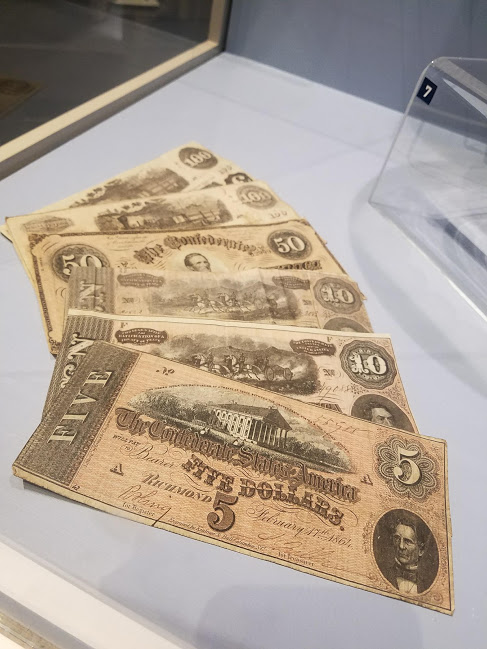
The Charleston Museum is what I consider to be a perfect size. There are just enough permanent exhibits (usually around ten to twelve) each taking up about half of a large room. Other museums that are more expansive in size are great in their own way, but often they can be intimidating and overwhelming.
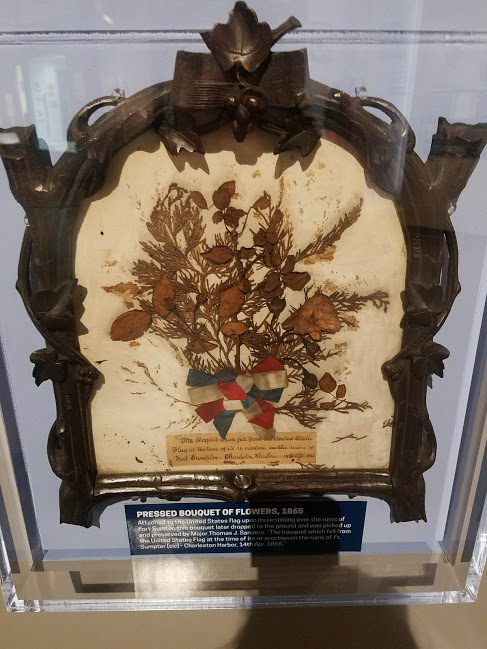
Many times visitors leave those large museums feeling as though they didn’t get to see much because a lot of time is spent trying to find specific exhibits. At the Charleston Museum, I would say that you could see most of the exhibits in about two hours. If you’re really in a pinch and just looking for an overview, even forty-five minutes could be plenty of time.
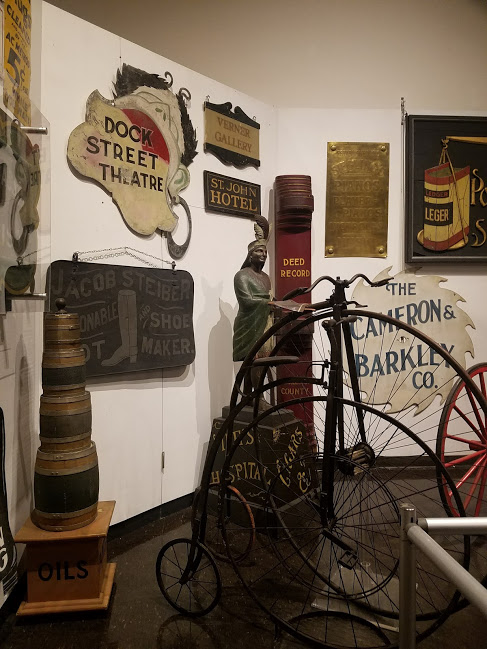
Aside from being super ‘user-friendly’, The Charleston Museum boasts the title of America’s first museum as it was founded in 1773. The exhibits and artifacts within the museum help to illustrate a holistic, intriguing, picture of low-country history.
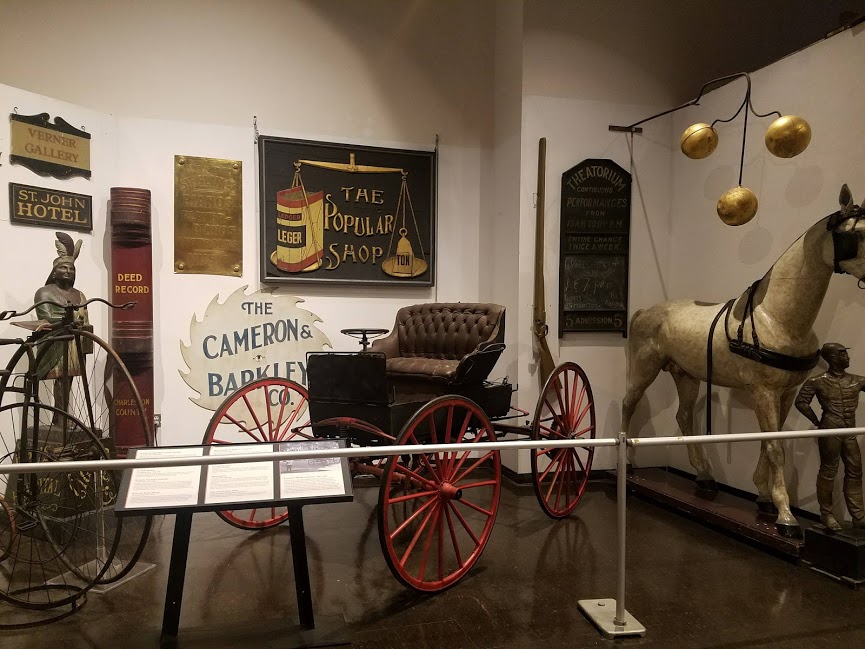
Becoming Americans: Charleston in the Revolution:
Much of the time, when we learn about Revolutionary history, the focus is on places in the Northeast like Philadelphia and New York. However, South Carolina was one of the original thirteen colonies and thus, played an important role in the war as well. This exhibit takes visitors from the protests and skirmishes that led to the war with the British, all the way up to independence as a nation.
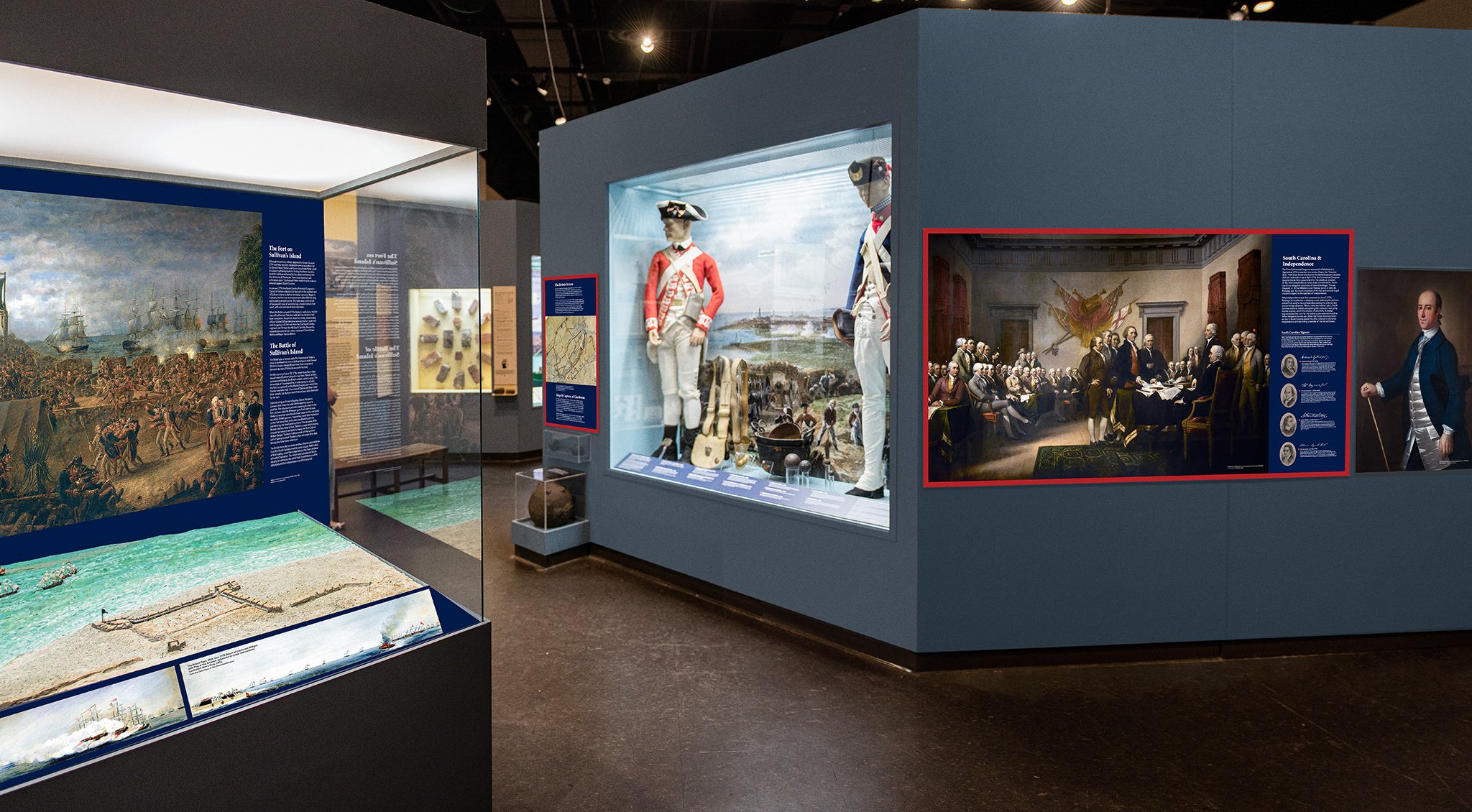
One of Charleston’s most famous Revolutionary war leaders was Francis Marion. Guests can gawk at some of “The Swamp Fox’s” personal belongings as well as copies of letters that he wrote discussing minutiae such as supplies and troops. Also of special interest is the rare cartridge box which was used by a member of the British Royal Artillery. Marion’s unit went on to serve eventually in one of the largest fought battles in South Carolina.
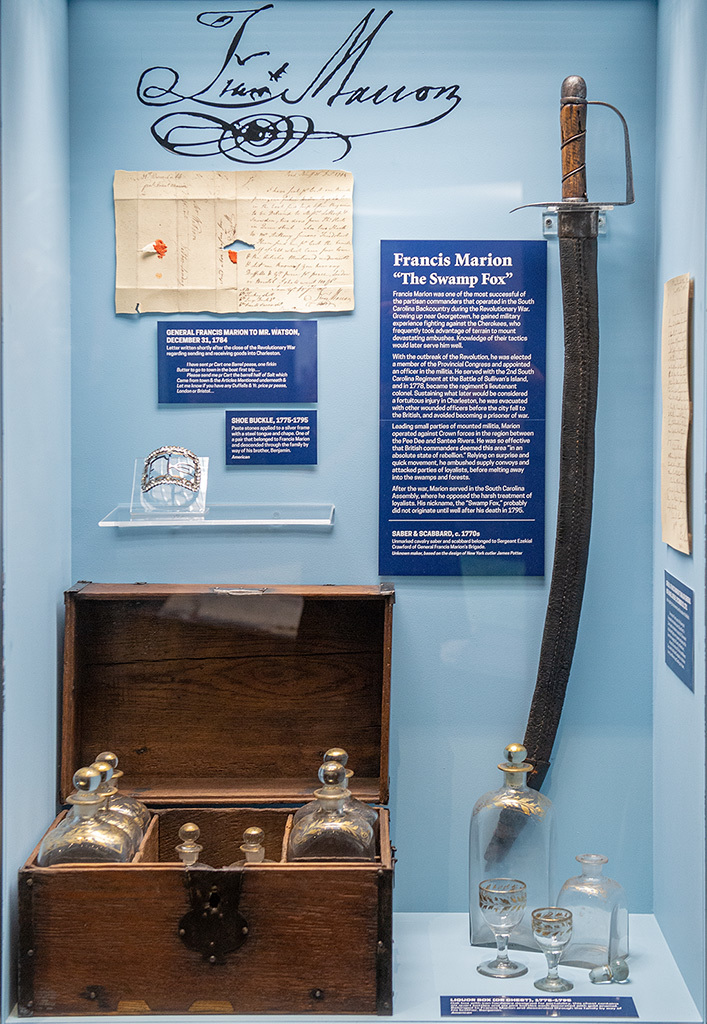
Guests can also learn about the Battle of Sullivan’s Island where the ever-present palmetto tree was adopted as the state’s official symbol. The palmetto is still the official symbol of South Carolina today.
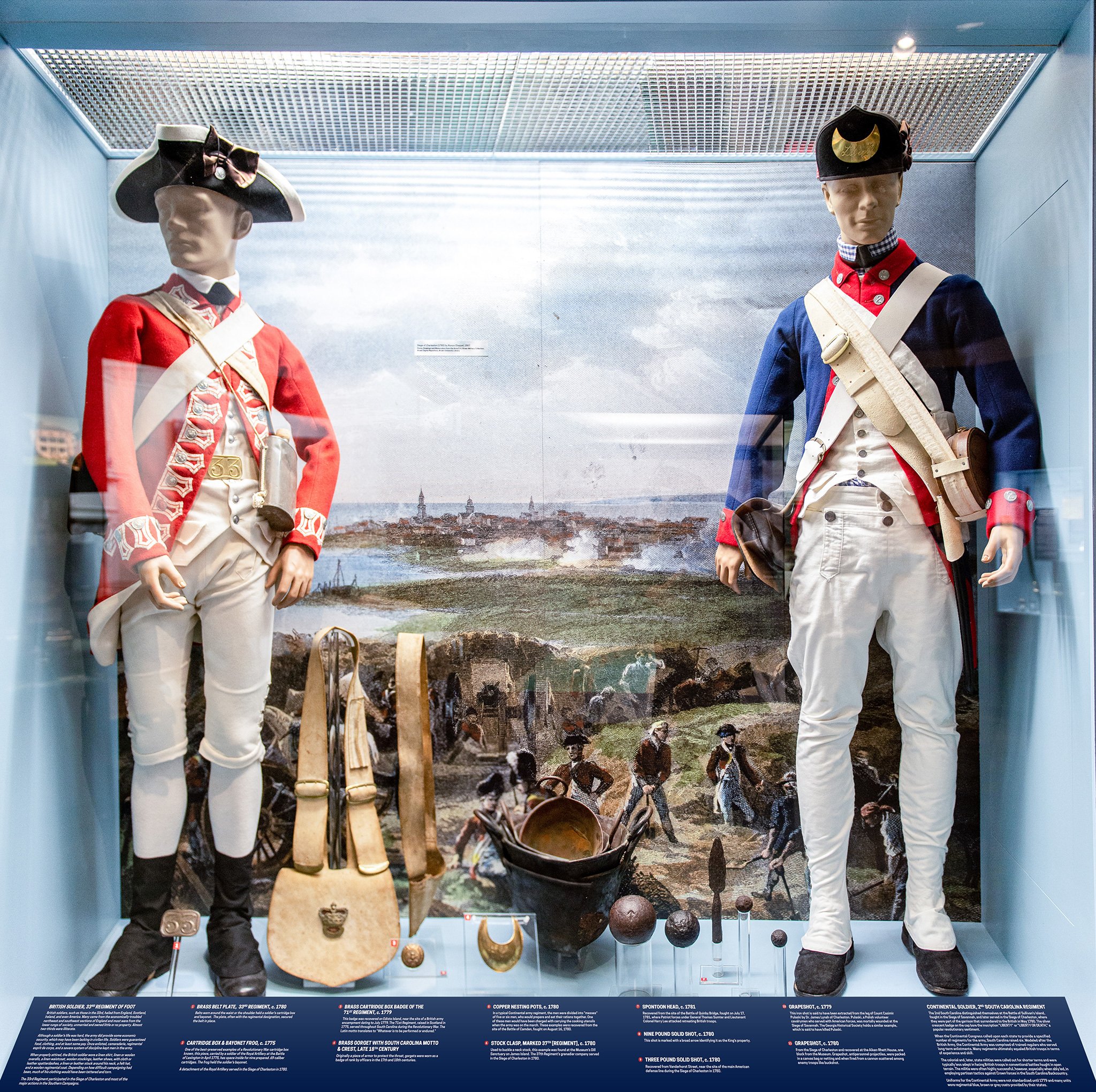
Bunting Natural History Gallery:
While many museums boast exhibits on natural wonders, what I really love is that this exhibit is largely specifically focused on the local area. The exhibits show how the landscape of Charleston has changed and how wildlife has changed over time in and around the city.
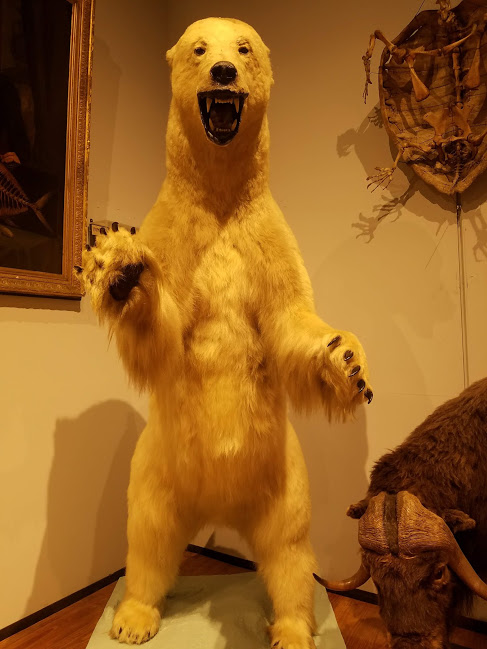
One of my favorite sections is the fossil exhibit for sure. On display are complete reconstructions of bones from enormous creatures that once roamed around the area. A giant prehistoric crocodile measuring eighteen feet is impressive. A fan favorite is the jaws from a giant Megaladon, it’s just a touch unsettling imagining anything with a mouth that big circling the waters offshore. The collection boasts skeletal remains of the largest flying bird in the world (Pelagornis sandersi.) There’s also taxidermy of various birds and mammals found in the area.
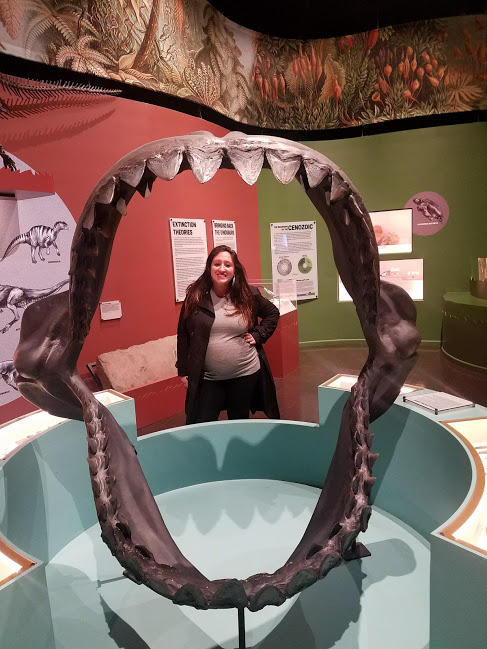
Lowcountry History Hall:
This exhibition features artifacts from some of Charleston’s earliest residents. Guests are able to see pottery and stone tools that were crafted by the indigenous people who inhabited this area of South Carolina.
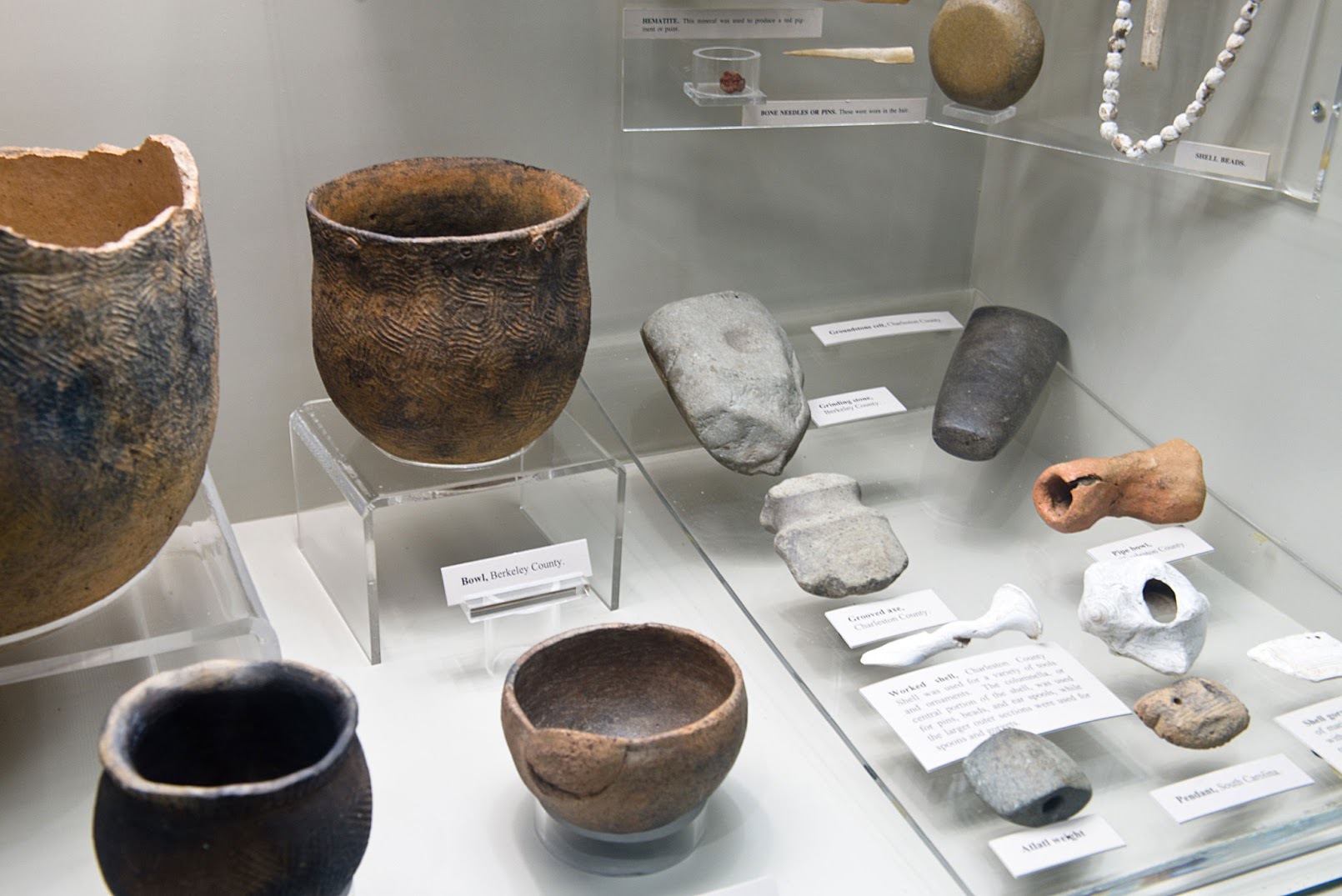
European colonists settled in Charleston as well. These inhabitants moved to the Charleston peninsula from the Charles Towne Landing State Park and in doing so, built a brick wall fortification to protect from attacks by the Native Americans, the French, and the Spanish. A part of that brick wall fortification is on display in this exhibit.
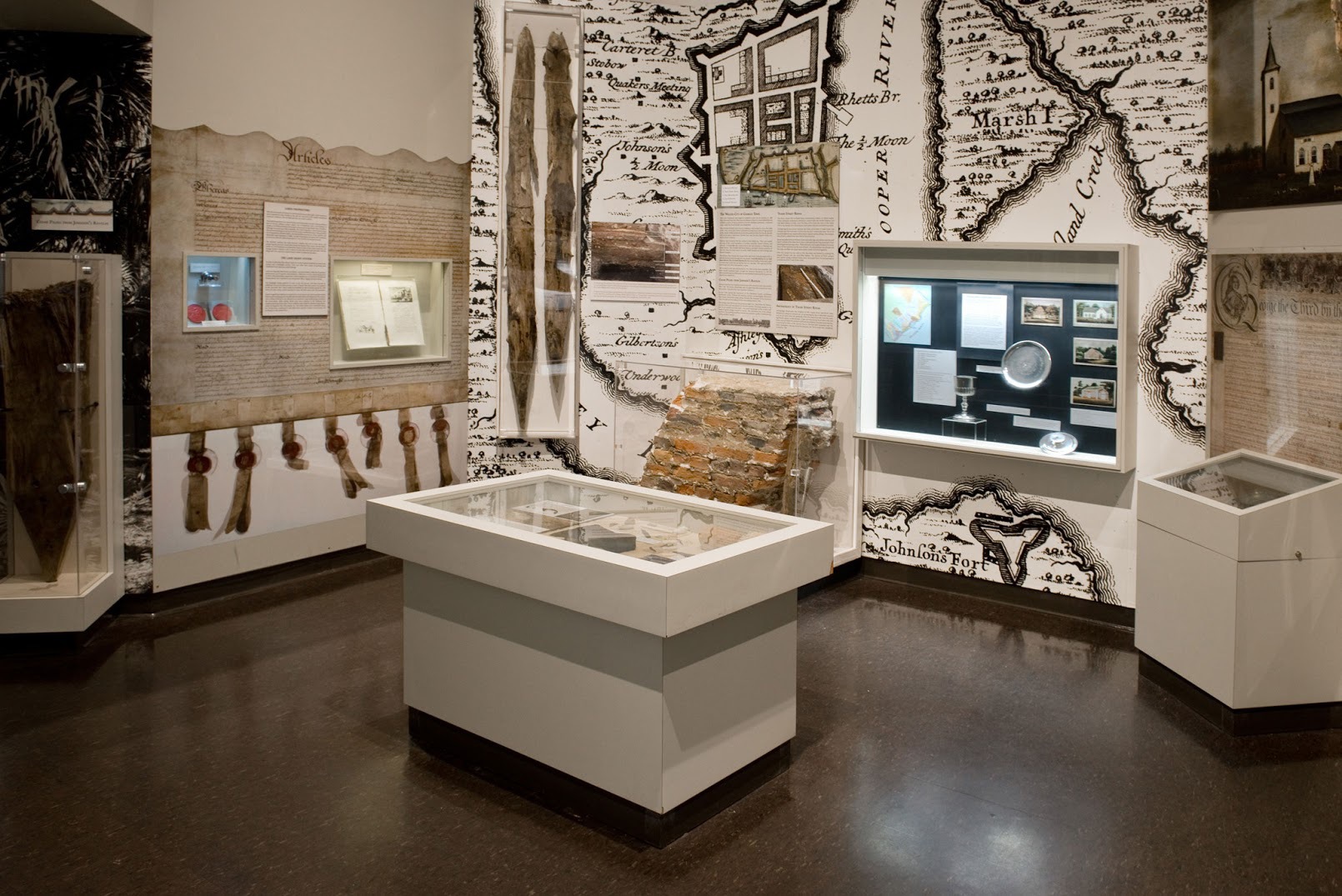
Enslaved African Americans are the reason that Europeans were able to profit from the cultivation of crops such as cotton in Charleston. Guests can see artifacts of the enslaved people such as pottery that they crafted as well as the copper badges that each was required to wear. Visitors are also able to see the jewelry and lavish household items that the labor of exploited, enslaved, Africans allowed them to obtain and flaunt to society.
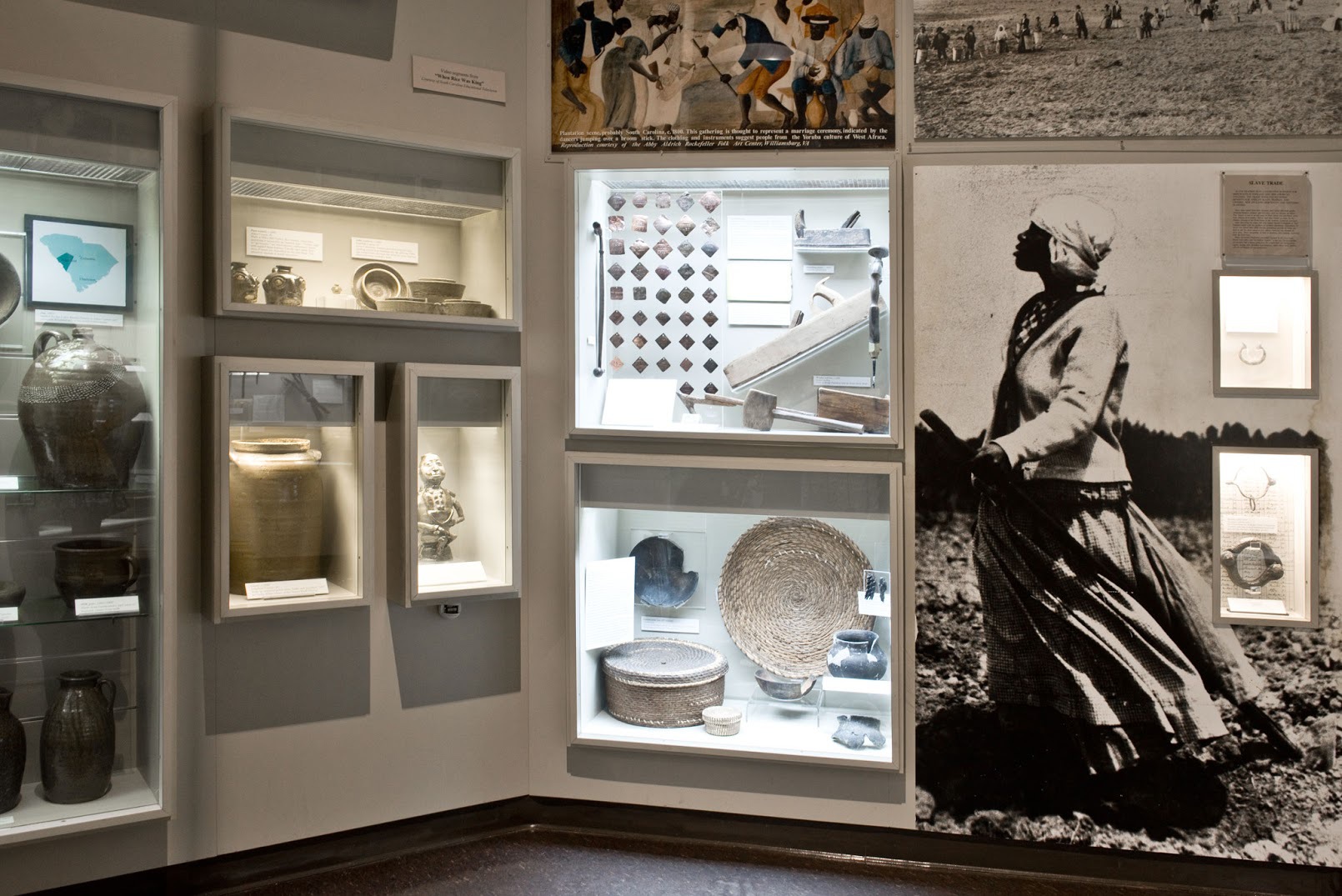
The Armory:
No place is more gun-ho about gun ownership than the southern United States. For those who appreciate the evolution of how weapons have changed in both style and use from 1750 onward, you will find this exhibit fascinating. See how private owners used guns for hunting back in the day, but more interestingly, check out the types of weapons (such as original swords) that were used in the Revolutionary War and Civil War.
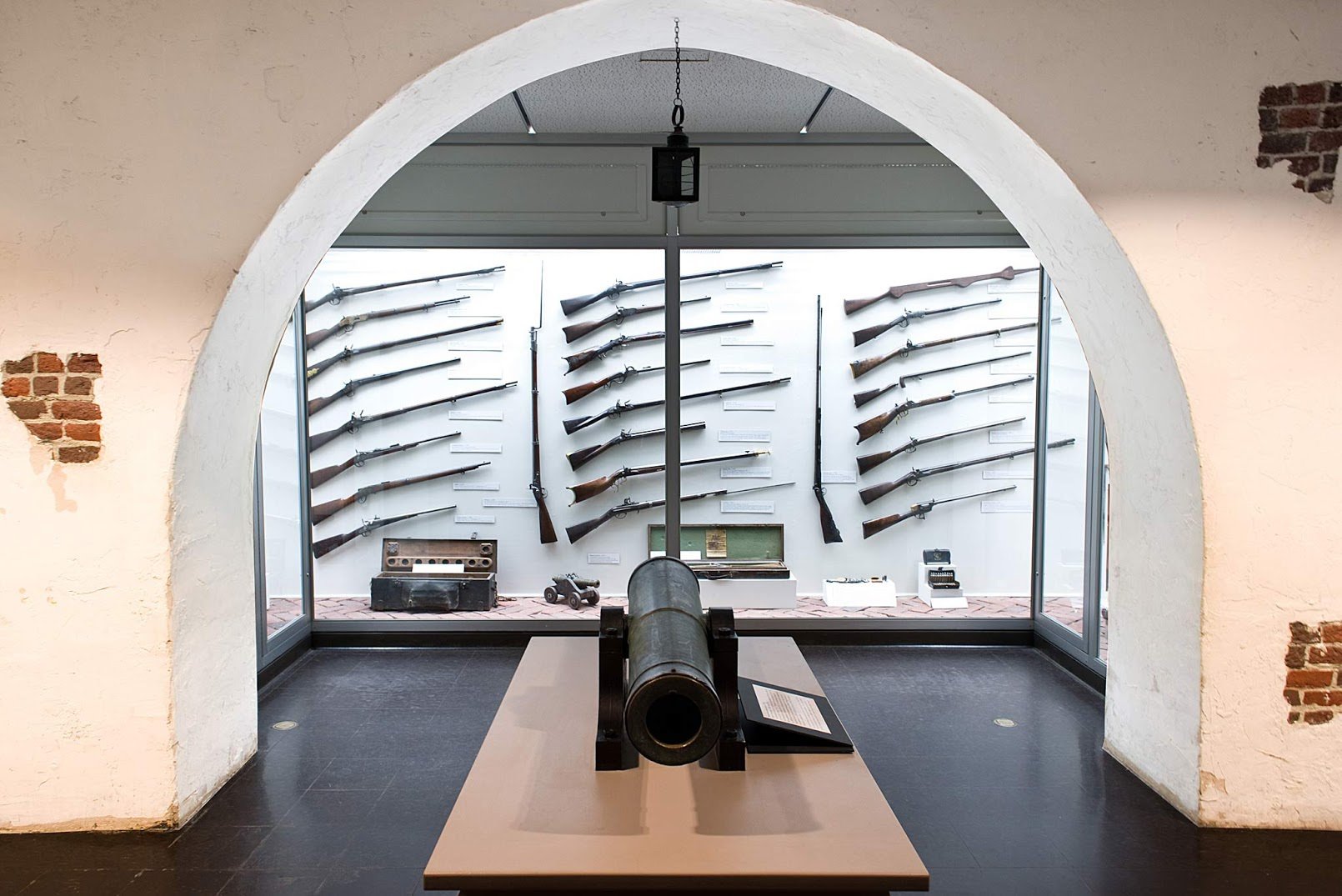
City Under Siege: Charleston in the Civil War:
This permanent exhibit is perhaps the most unique in the museum. It examines the period of history in which South Carolina officially seceded from the United States. On display are some objects that have seen some of the most important events surrounding this moment in history. Visitors can see the table and chairs where delegates from South Carolina’s Secession Convention sat and drafted the Ordinance of Secession.
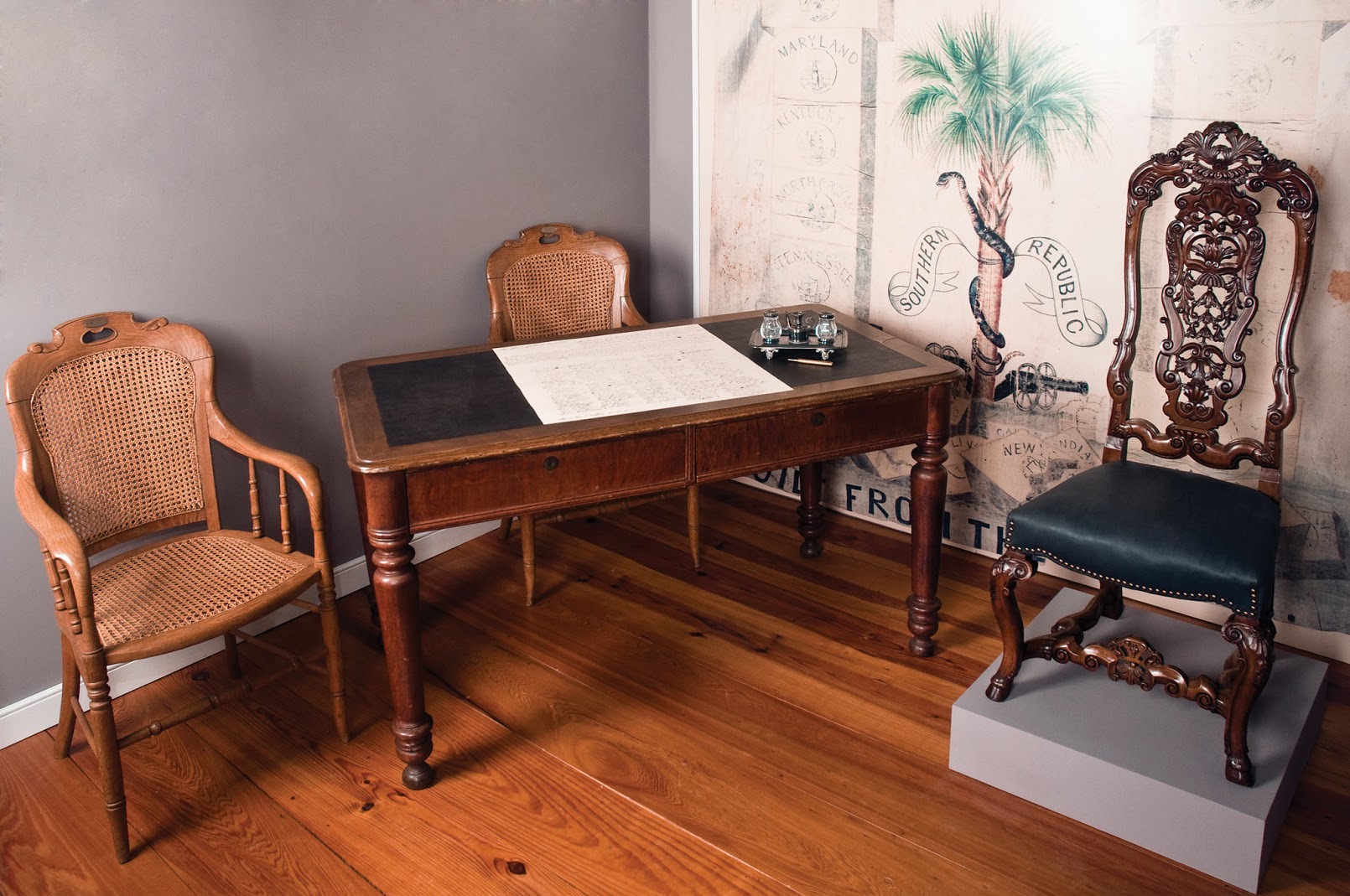
On display are also the weapons and personal belongings of military men and civilians both enslaved and free who played roles in the Civil War. Really cool is the lap desk that was used by Stephen Dill Lee who was the aide to General Beauregard. It’s interesting to imagine the circumstances swirling outside under which Lee penned the General’s correspondence.
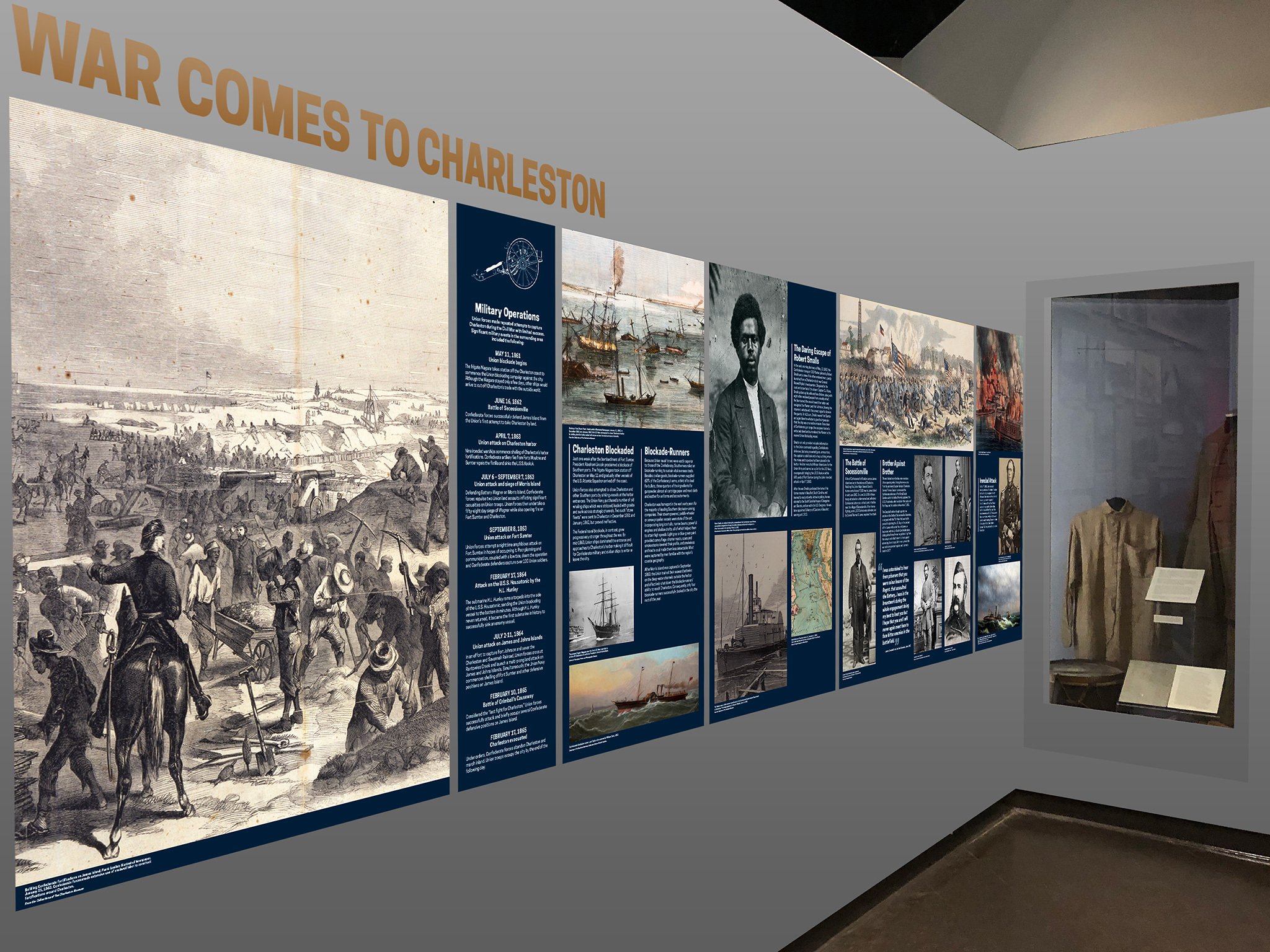
Early Days:
Who doesn’t love seeing artifacts from the earliest days of civilization!?
In this exhibit, check out pieces from antiquity including an Egyptian mummy and mummy case, and artifacts from the ancient Greek and Roman days. While this section may seem to have, “a bit of a bunch of things” it’s meant to evoke a sense of what the earliest museum-goers of Charleston would have seen and admired when the museum first opened.
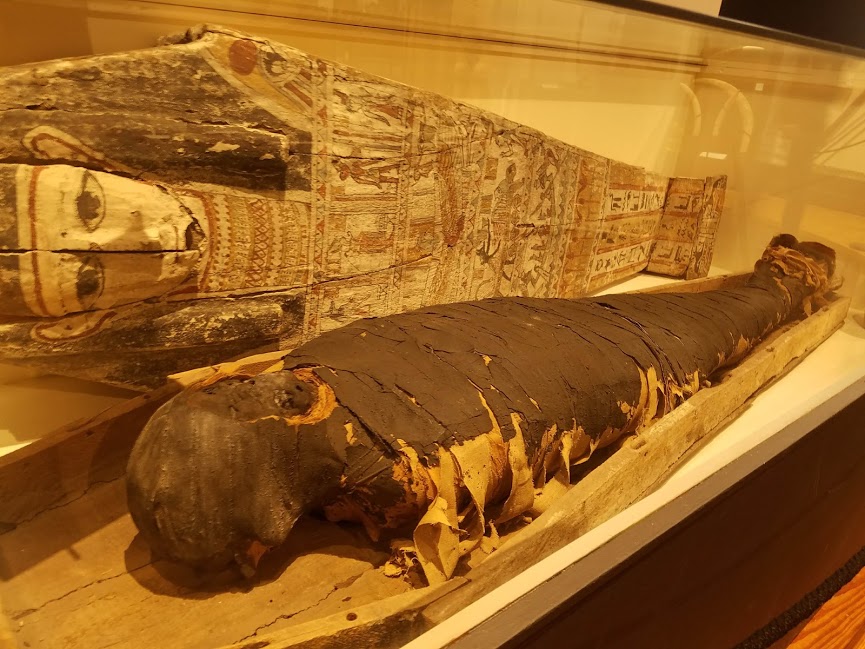
The idea of the Charleston Museum began in the 1700s. It was developed by men educated in Britain. They were quite taken with the opportunities to see real artifacts from the earliest civilizations at the British Museum. The founders of the Charleston Museum aimed to recreate some of that experience for the city’s residents. While most museum-goers have seen a mummy and pottery, I had a different experience. I loved looking at these pieces from the viewpoint of a long ago museum-goer who perhaps had never even left their city, let alone seen an artifact from ancient Egypt.
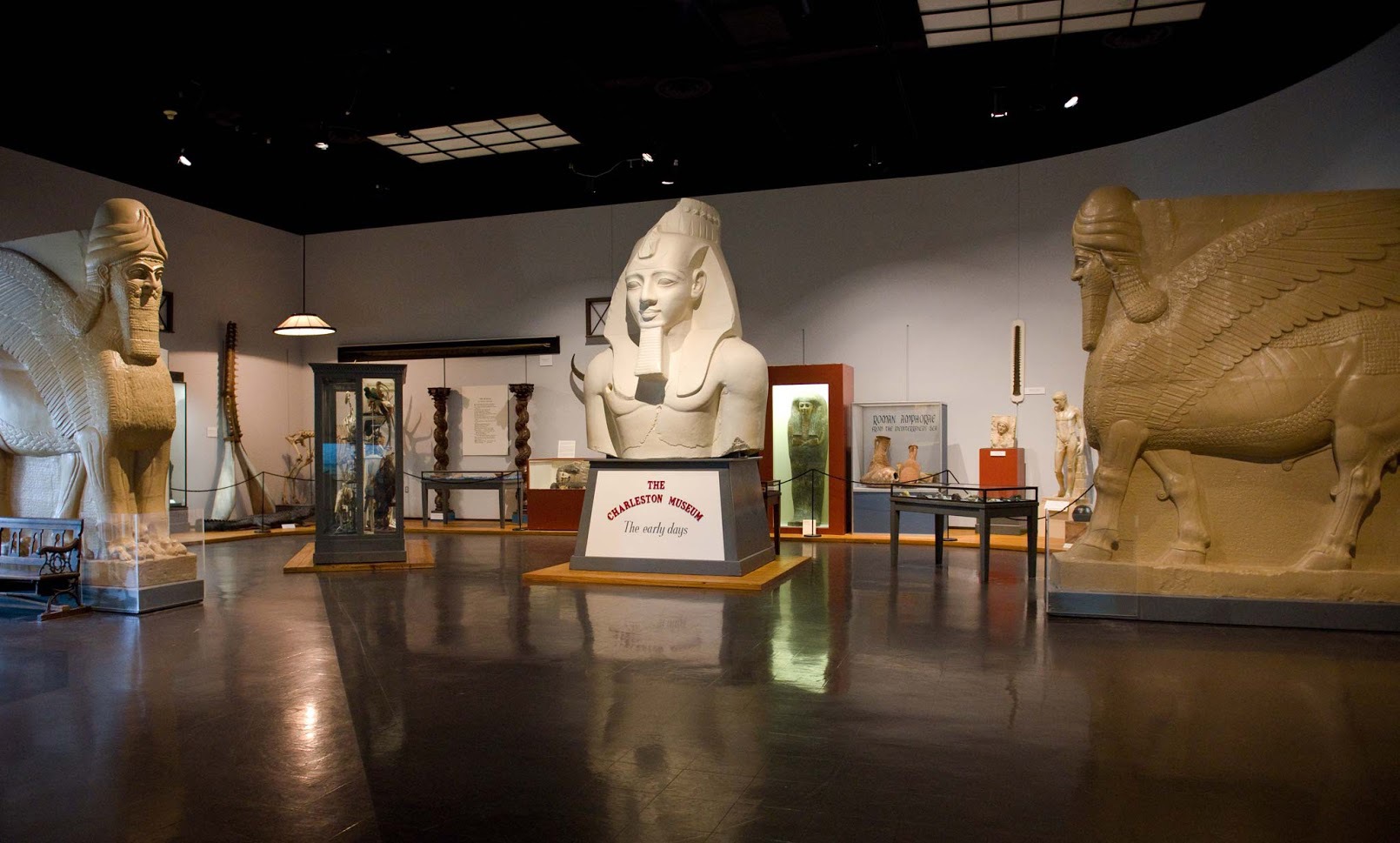
Kidstory:
Allegedly, this area is made for children, but from personal experience, it seemed pretty fantastic for adults as well. The displays are incredibly interactive! This easily captures and maintains the admiration of kids. We all know that kids’ attention spans universally are known to be notoriously…short. Our favorite part, I mean the favorite part for most kids is the chance to become a pirate in the Charleston Port. Visitors can hoist up a “jolly roger” flag and practice making nautical knots with rope. Kids can examine the ‘crates’ to see what was arriving in port.
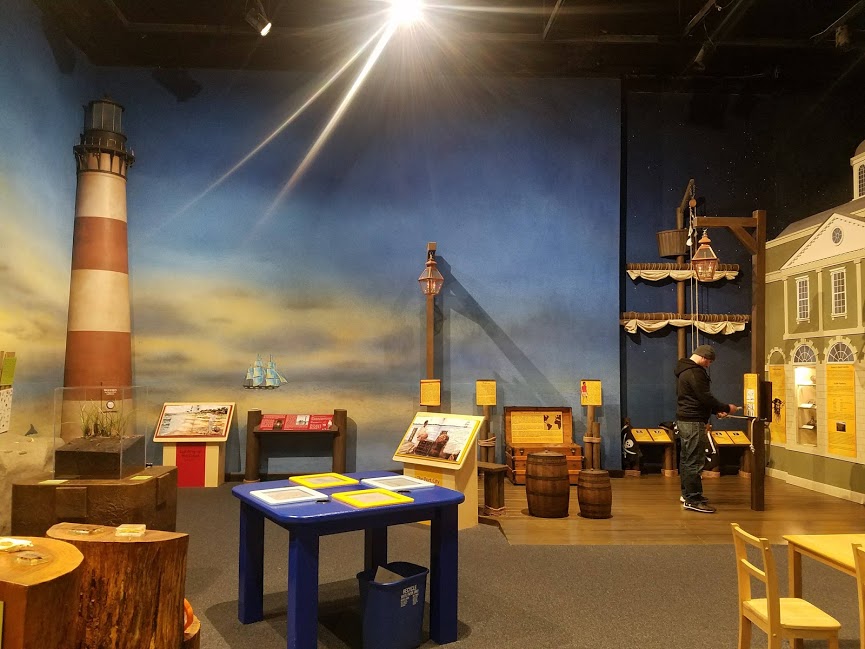
Most exciting is the child-size version of the Heyward-Washington House. Here, kids can step back in time to see how colonial children lived by trying on facsimiles of period clothing. They can also enjoy ‘tea’ by the fireplace. Children can also practice being a lighthouse keeper by using a replica of a Morris Island lighthouse to guide ships. The area is clad in calming, evening blue color with ‘sand’ and a beautiful lighthouse structure tucked into the corner. It’s not only fun but serene despite the throngs of little ones and captures the South Carolina natural aesthetic!
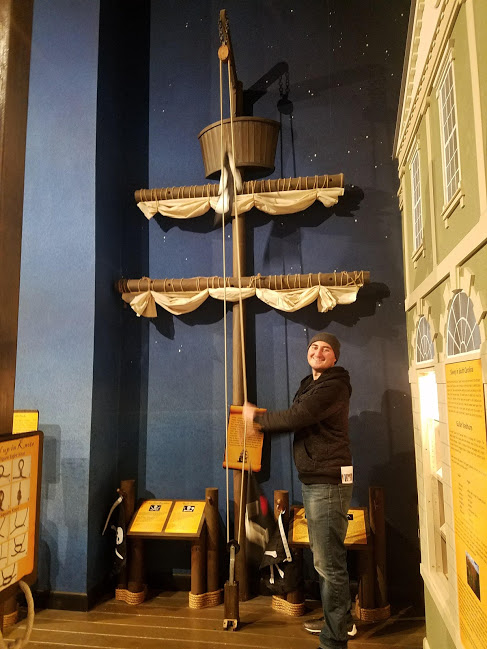
Historic Textiles:
I’ll admit, I’m not one of those people who goes “gaa-gaa” over textiles. However, it is admittedly interesting to see the ways that different patterns, fabrics, clothing, and accessories influenced Charleston society. I actually really like the idea of imagining the role that fashion played for people in history. Pieces in the exhibit range from the late 18th century up to the modern day.
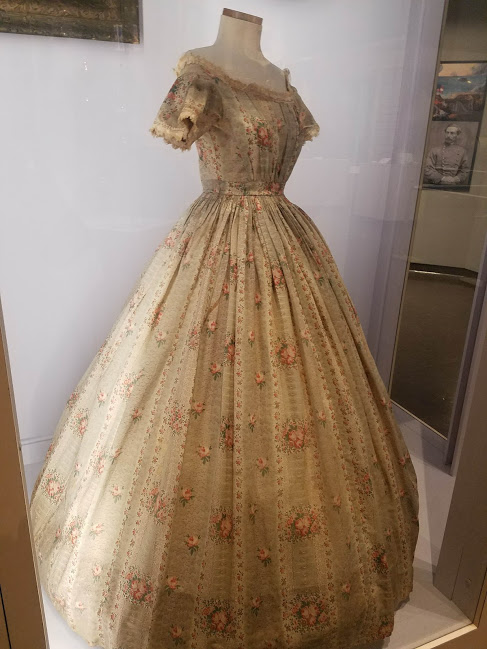
Charleston Silver:
While I’m completely sympathetic towards the notion that looking at pieces of silver isn’t exactly…a tantalizing experience, this exhibit is fairly interesting. First, anyone with an interest in colonial history will enjoy looking at the tiny details in the pieces. They also will be wondering how the hell the crafts-workers could create such intricate pieces so long ago. Charleston has plenty of silver pieces from this time period up through the Civil War as it was one of the wealthiest cities in America. See how tastes in silver changed over the years and don’t miss Washington’s christening cup.
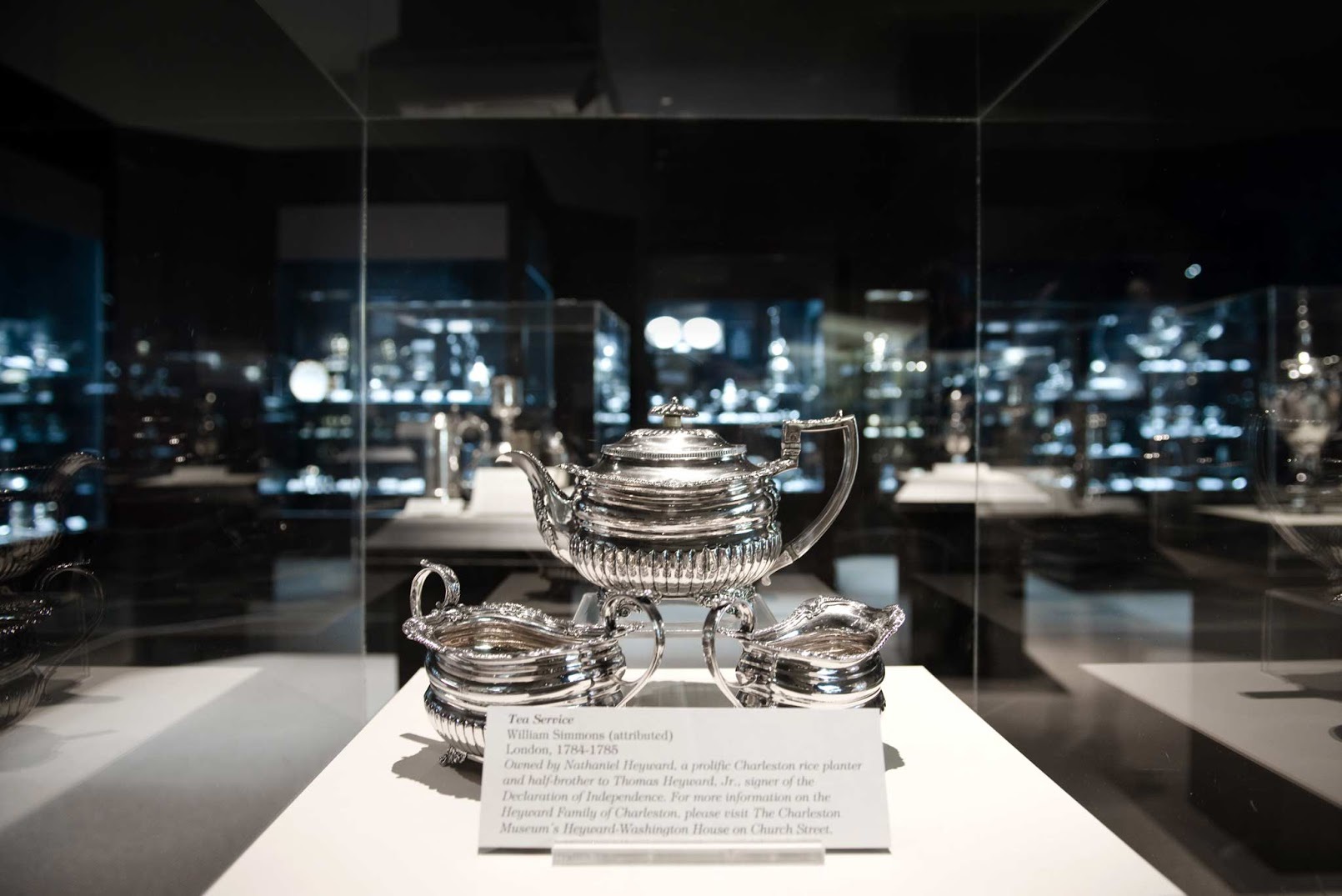


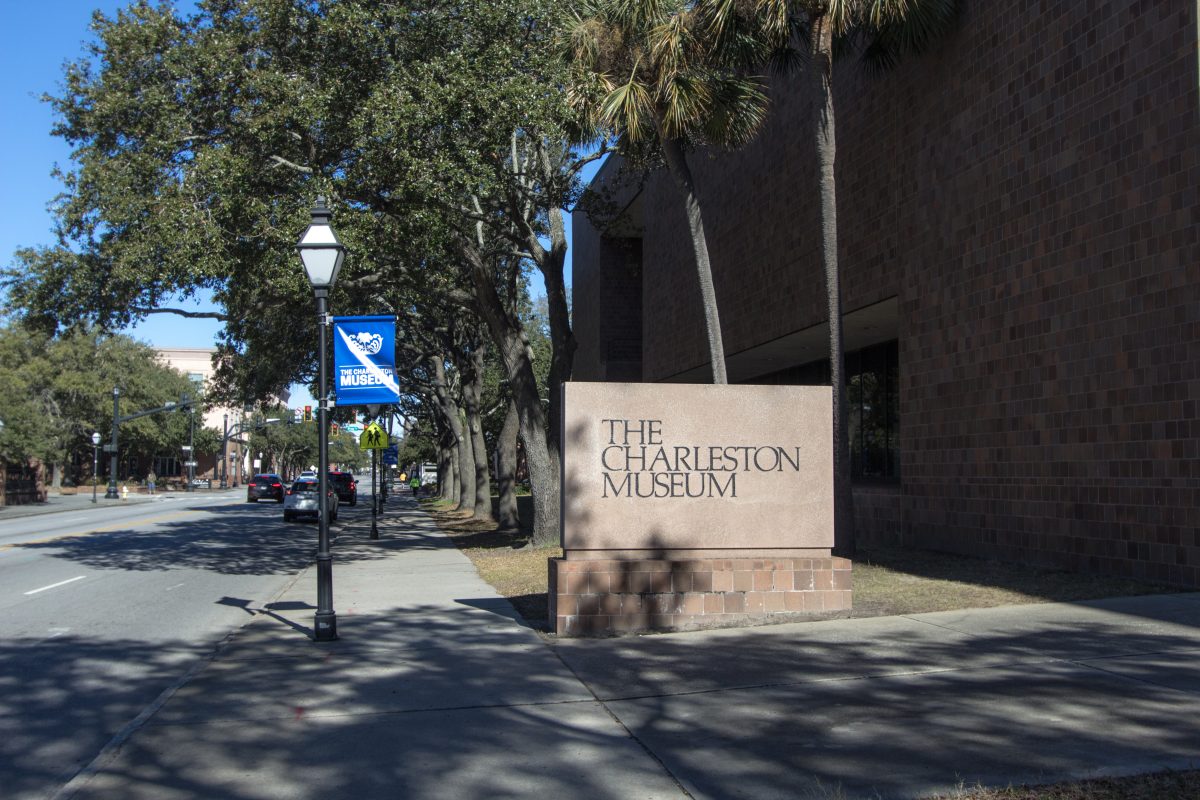

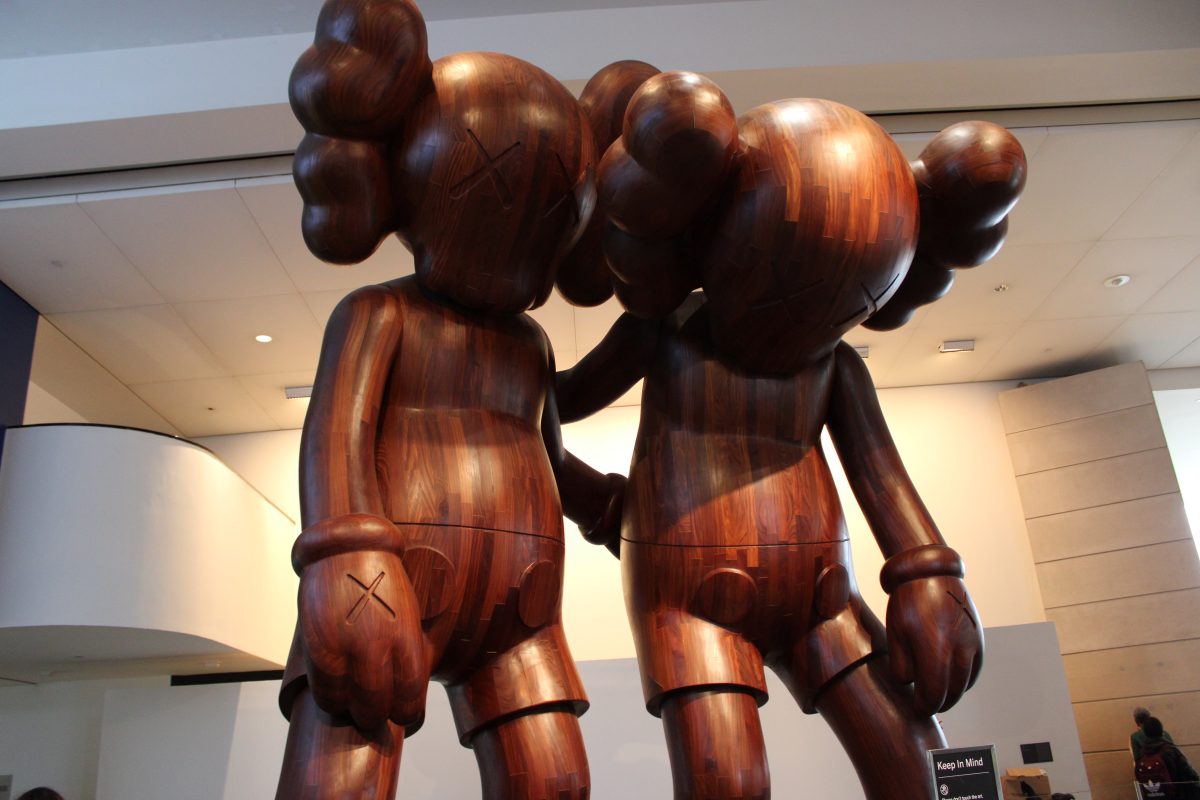
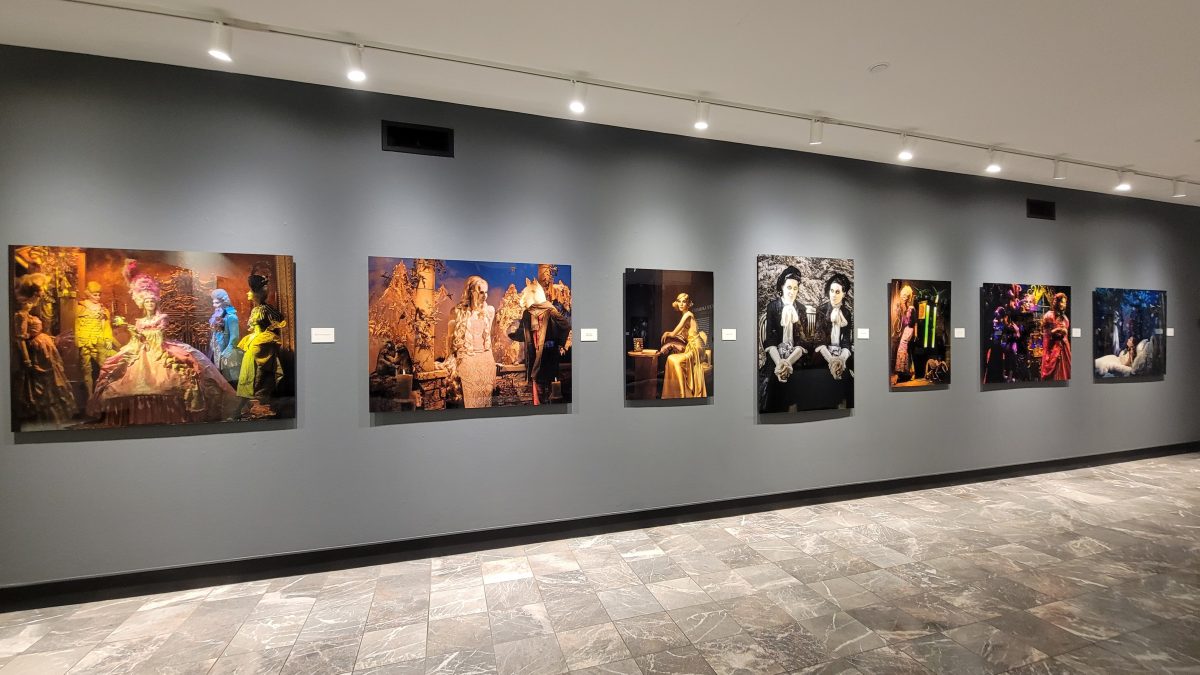
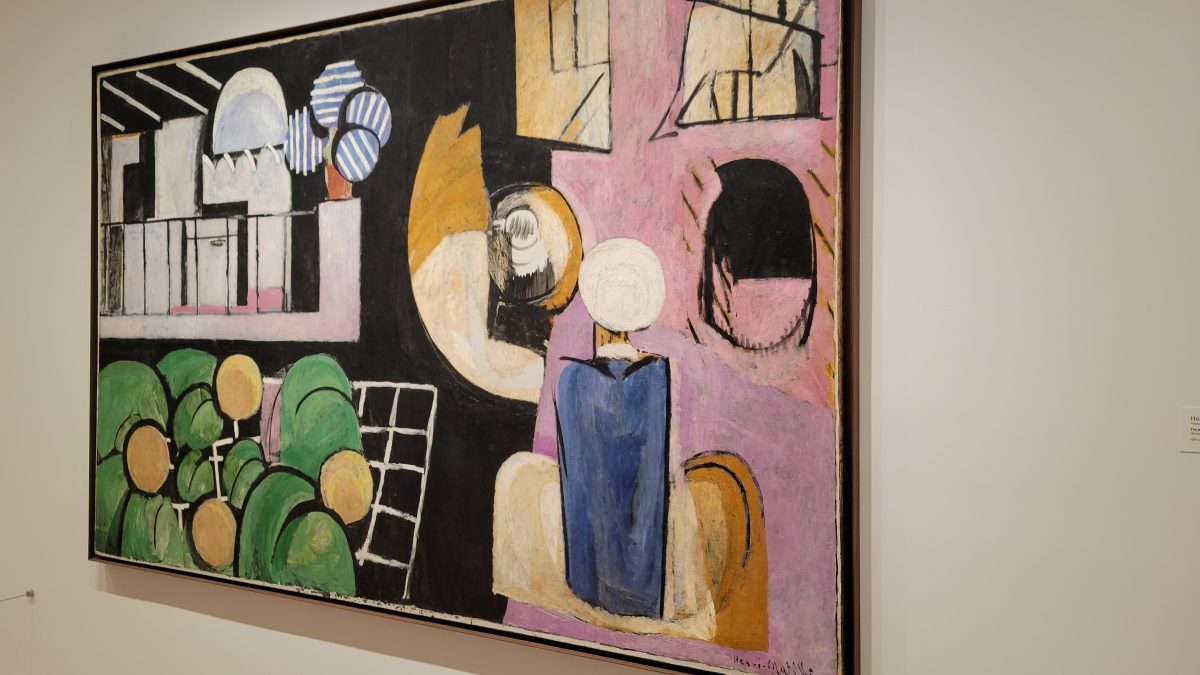
0 comment